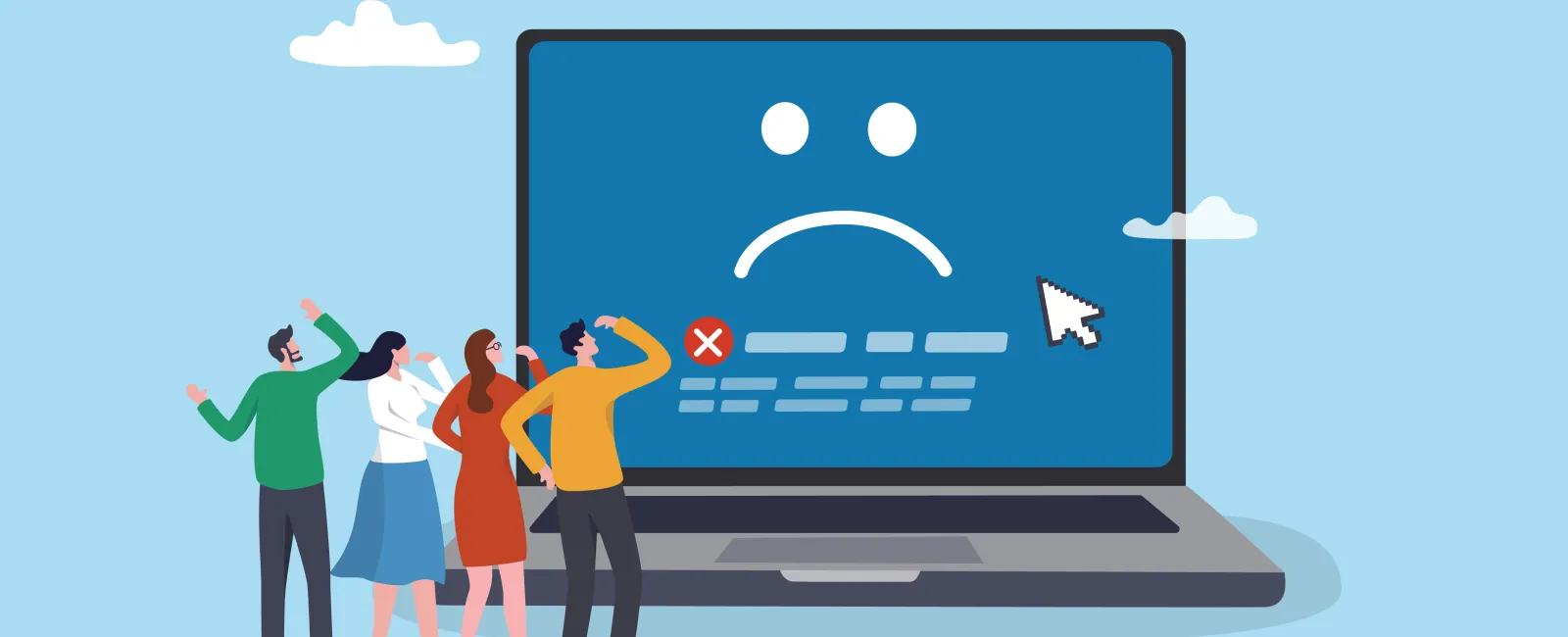November 06, 2025
It was 2:07 AM when we got the call. "The EMR's
down. We can't get to the med pass notes."
Our after-hours support team jumped into action.
I can only imagine how the nurse felt, but I remember that feeling like it was
yesterday. That mix of panic and helplessness. The night nurse was doing her
best, scribbling on paper and holding back real frustration. We got her back up and running within 20
minutes of her call.
We talk a lot about people-first care. But what
happens when the tech tools don't show up for us?
We know that in long-term care, your EMR isn't
just a screen. It's a lifeline. It holds the care plan for Mr. Jenkins who
can't speak. It tells us when Miss Evelyn's last PRN dose was given. When it
goes dark, your team is left flying blind.
"It's not the downtime that breaks us—it's the
fear of not doing right by our residents."
According to a 2024 Health
Sector Cybersecurity Study by the U.S. Department of Health and Human Services,
58% of LTC facilities reported unplanned system outages in the past year, often
due to outdated systems or weak monitoring tools.
When I look back at that call from a few years
ago, the scariest part for them wasn't the lost access—it was realizing they
had no backup plan. The nurse didn't know where the downtime forms were. The
med cart log hadn't been printed in weeks. No one had practiced what to do when
the lights go out on their most important system. If we had not been there, they would have
been in real trouble.
So what can you do?
1. Start with monitoring. Ask your IT team/provider
how often your systems are checked—hourly? Real-time? 7X24? Not at all?
2. Create a simple downtime protocol. It should
live in your nurse's station. Not in a binder no one can find.
3. Include all shifts. Your night and weekend
teams need to practice, too. They're the ones most likely to be alone when a
crash hits.
4. Talk to your EHR/EMR vendor. Ask if they
offer offline modes or local backups. Some do—it just takes a setup step.
5. Print and laminate a quick-glance guide. We
created a one-page sheet taped inside the med cart drawer. It listed who to
call, where the paper forms are, etc.
If you want help creating your Business
Continuity Plan for your organization, call us and we will be happy to help you
get started.
Interested in a conversation or want to learn more? Contact us here.




